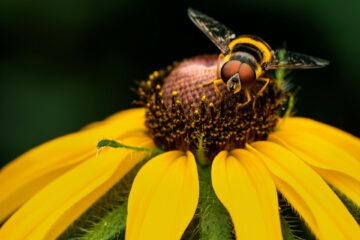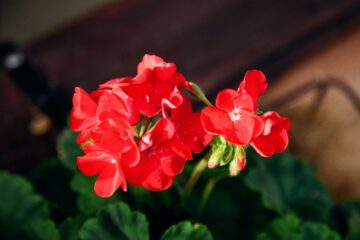The summer is a great time to be proactive about deadheading flowers. Deadheading provides you with two benefits: it keeps the flowers blooming longer, and it eliminates any potential for diseases that can occur when plants are left to their own devices.
Make a plan for deadheading
Deadheading is a great way to keep your garden looking fresh and vibrant. It also helps you get ahead of the game, so you can enjoy blooms throughout the season instead of waiting for them to appear all at once. Here are some tips for deadheading:
- Make a schedule for each type of plant in your garden. Deadhead before it goes into bloom again, which will help prevent unplanned seedlings from popping up later on (and potentially crowding out other plants).
- Keep track of what needs to be deadheaded each week by creating a list or note card for each section of your yard that contains flowering plants such as perennials, annuals or shrubs with flowers–or even just one type of plant such as roses! This way when time comes around again when they need attention (say after three weeks), then just glance over what needs tending next week before heading outside with clippers in hand…
Remove spent blooms
Deadheading is the practice of removing dead flowers and spent blooms to encourage new growth. This will help your plant look fuller, and it will also encourage the formation of new blooms that are more colourful and fragrant than the old ones.
Removing dead flowers before they become seed pods will keep you from having to deal with those annoying little seeds later on, which can be difficult for some people if they’re trying to grow a specific variety of flower or vegetable in their garden bed.
Check for bugs and diseases
It’s important to check your plants regularly for signs of pests and diseases. Look for aphids, spider mites, powdery mildew and botrytis (also known as “grey mold”). Scale insects may be hiding in the crevices of leaves, stems or buds–check for them by gently rubbing an infected area with your fingers. If you see any white cottony material on the underside of leaves near their base, this could be mealybugs; if there are tiny black specks crawling around on your plant’s surface or inside its flowers/leaves/stems then it might have thrips.
Maintain the proper pH level
The pH level of your soil is an important factor in determining how well your plants will grow. In general, it should be between 6 and 7, but some plants prefer slightly acidic or alkaline soil. If you’re unsure what type of plant you have or where its optimal growing conditions lie, check out this handy chart from the University of Minnesota Extension:
- http://extensionpublications.umn.edu/garden-summer/gardening-basics/soil-testing/#pH
The summer is a great time to be proactive about deadheading flowers.
- The summer is a great time to be proactive about deadheading flowers.
- Check for bugs and diseases that might be affecting your plants during the warmer weather.
- Attract birds with a water feature, which will help keep your garden healthy by attracting pollinators like bees and butterflies (and even hummingbirds!)
- Maintain the proper pH level in your soil by adding mulch or compost if needed
Deadheading is an important part of keeping your flowers looking their best, especially in the summer when there are so many blooms to care for. It’s also a great way to keep your garden healthy and prevent problems from developing in the future. By following these steps and making sure that all your plants have been properly deadheaded before they go into dormancy, you’ll be able to enjoy them all year round!
Keep on top of your gardening with our free online journal
Our free online tool allows you to organise your ideas and garden plans and help you be as efficient as possible in the garden.
Sign up now

